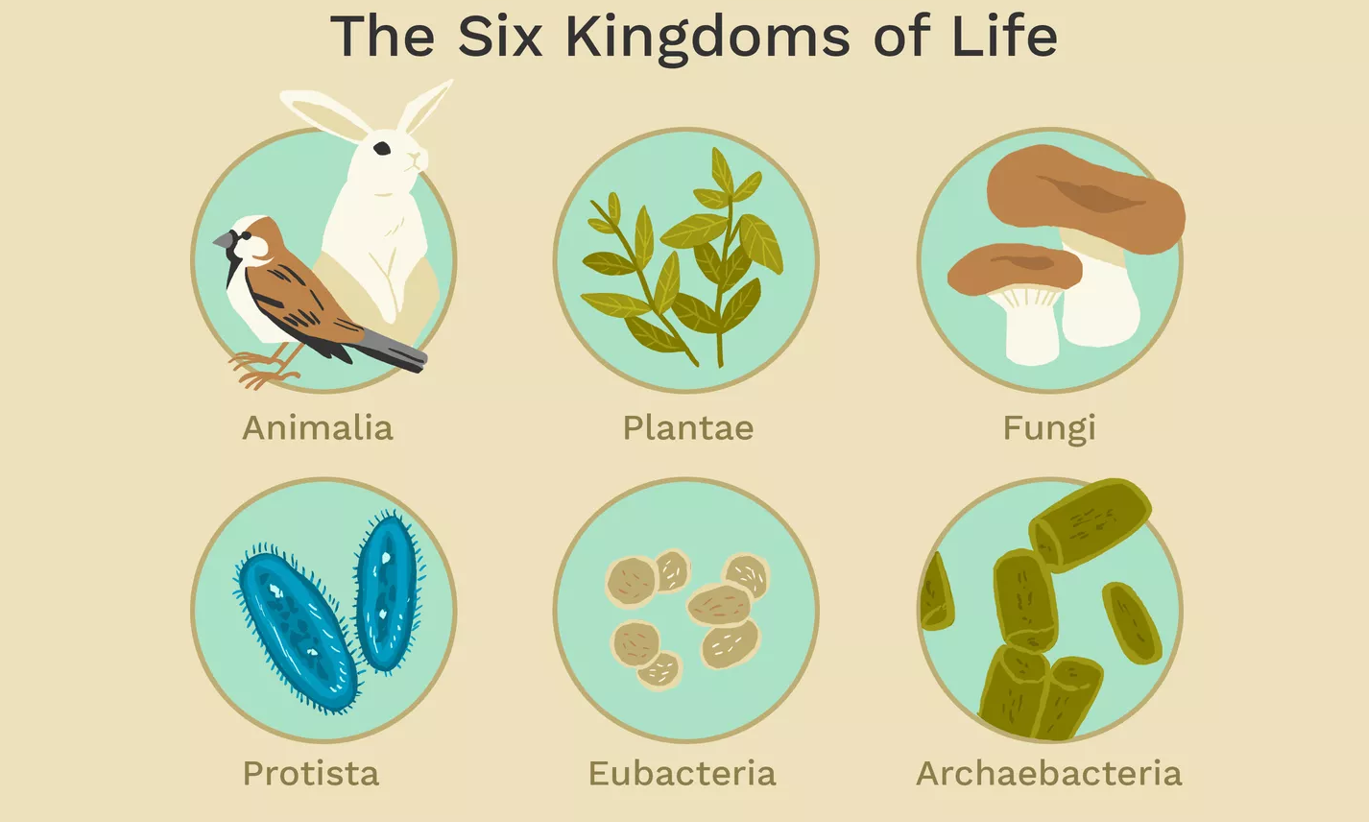Biodiversity & Environment
Flora Fauna and ‘Funga’
- 01 Sep 2023
- 6 min read
For Prelims:. United Nations Biodiversity, Flora and Fauna, Funga, Species Survival Commission (SSC), International Union for Conservation of Nature (IUCN)
For Mains: Fungi and their Significance in Conservation
Why in News?
Recently, United Nations Biodiversity has urged people globally to use the word ‘funga’ whenever they say ‘flora and fauna’, in order to highlight the importance of fungi.
Why has the UN Biodiversity urged to use the word ‘Funga’?
- According to UN Biodiversity “It is time for fungi to be recognised and protected on an equal footing with animals and plants in legal conservation frameworks.
- This is not the first time when a request has been made to include fungi along with flora and fauna.
- Earlier, the Species Survival Commission (SSC) of the IUCN announced that it would use “mycologically inclusive” language in its internal and public-facing communications and to incorporate fungi in conservation strategies with rare and endangered plants and animals.
- There would be no life on Earth without fungi, the yeasts, molds and mushrooms as they are critical to decomposition and forest regeneration, mammalian digestion, carbon sequestration, the global nutrient cycle and antibiotic medication.
What is Fungi?
- About:
- Fungi or fungus are a diverse group of eukaryotic microorganisms or macroscopic organisms that belong to their own biological kingdom, distinct from plants, animals, and bacteria.
- Characteristics:
- Eukaryotic: Like plants, animals, and protists, fungi have complex, membrane-bound cell organelles and a true nucleus.
- Heterotrophic: Fungi are primarily decomposers or saprophytes, meaning they obtain nutrients by absorbing organic matter from their surroundings.
- Secrete Enzymes: Fungi secrete enzymes to break down complex organic compounds into simpler substances, which they can then absorb.
- Benefits:
- Nutrient Cycling
- Fungi can convert nutrients to make them accessible to plants, acting as decomposers by breaking down organic matter, thereby enhancing nutrient cycling and soil fertility.
- Carbon Cycling and Climate regulation:
- Fungi play a vital role in soil carbon storage by participating in the carbon cycle. They decompose organic matter, cycling carbon from dead plants, and form symbiotic relationships with plant roots.
- Mycorrhizal fungi form symbiotic relationships with plant roots, aiding in nutrient uptake.
- Fungi as Food:
- It has numerous beneficial applications. Yeasts, for instance, are used in baking and brewing. Fungi also produce antibiotics like penicillin.
- Some fungi, like mushrooms and truffles, are edible and prized in cuisine. Others, like molds, are used in cheese production.
- Environmental Protection:
- Fungi have been found to help degrade various pollutants from the environment, such as plastic and other petroleum-based products, pharmaceuticals and personal care products, and oil.
- Nutrient Cycling
- Harmful Effects of Fungi:
- Human and Animal Diseases:
- Fungi can cause a variety of diseases in humans and animals. Examples include athlete's foot (caused by dermatophytes), ringworm, histoplasmosis, and aspergillosis.
- Some fungi produce toxic compounds known as mycotoxins, which can contaminate food and lead to health problems when consumed.
- Crop and Plant Diseases:
- Fungal pathogens can infect and damage crops and plants, leading to significant economic losses in agriculture.
- Examples include rusts, powdery mildews, and various types of fungal blights.
- Allergic Reactions:
- Exposure to fungal spores, especially in indoor environments with high humidity, can trigger allergies and respiratory problems in some individuals.
- Conditions like allergic rhinitis and allergic bronchopulmonary aspergillosis are associated with fungal allergens.
- Biodegradation of Materials:
- Fungi can break down materials such as textiles, leather, and paper, which can be detrimental if these materials are not properly preserved or stored.
- Human and Animal Diseases:
Way Forward
- Promoting Fungal Conservation: Advocate for the inclusion of fungi in legal conservation frameworks at national and international levels. This would involve recognizing and protecting fungi-rich ecosystems and habitats.
- Allocate adequate funding and grants specifically for fungal conservation projects for research, habitat protection, and restoration efforts.
- Research and Education:
- Invest in research to study fungal diversity, distribution, and ecological roles. This knowledge is crucial for effective conservation efforts.
- Launch awareness campaigns and educational programs to inform the public, policymakers, and conservationists about fungi's vital contributions to ecosystem health, nutrient cycling, and biodiversity.
- Mycological Inclusivity: Encourage governmental agencies, research institutions, and conservation organisations to adopt "mycologically inclusive" language in their communications, policies, and reports.





